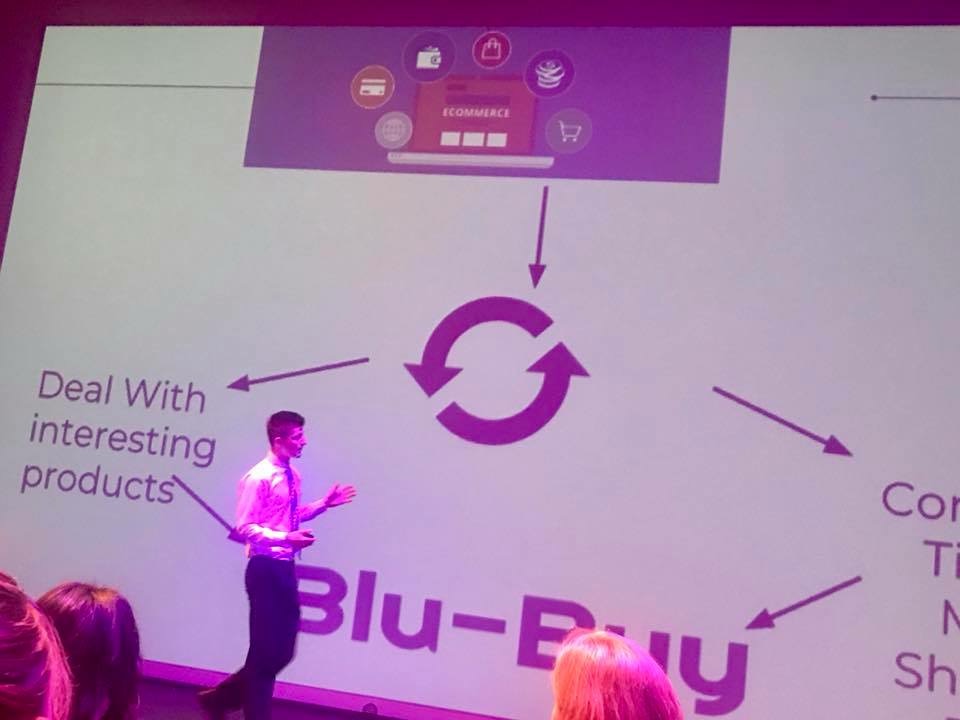In the summer of 2017, I told my parents that I was going to start a new company making it my second sizable venture. I wrote out an extensive 15-page business plan outlining the whole venture to try to persuade my parents to let me pursue the business.
Lesson one: Don’t write out a long business plan. It is incredibly un-useful, things change so much that they never work out, you have to re-write a new business plan to accommodate any new iterations to your business model, and endless other negative consequences. Instead, build a business model canvas and test hypothesis (but that’s another post).
Essentially, I was planning on buying personal and technological goods from manufacturers and wholesalers and wanted to sell the inventory on a website that would become an e-commerce hub. After I had walked them through my plan, I naturally thought that the next step was to register a business to get started. As a result, a trip to the county business administration office was necessary to record the new business. I registered “Blu-Buy” as a sole-proprietorship. Although it was technically a partnership because I wasn’t old enough to own it by myself so my mom had to sign on as half. The name was posted in the local paper to “legally publicize” the venture, so no one had any objections. This was semi-mistake two.
Lesson two: Don’t register your idea or company before you need to. I didn’t need to do register yet and pay the $72.00 to do so because I hadn’t even built a website or tested my idea. There is a lot amount of work you can do before you need to register.
Luckily, I bought only a small sample size of inventory to experiment with, so I was able to understand what it was like selling things and how effective my strategy may be. Unluckily, I didn’t sell much inventory locally and realized that Amazon and a billion other online retailers would squish me on expenses, operations, customer reachability, and a myriad of other things if I tried to attempt what I was going to. I ended up selling the inventory to various people in my high school to try to get rid of it, however; I did end up with a decent amount of leftover stock and just laying around which brings us to mistake three.
Lesson three: Don’t buy inventory before you have orders, pre-orders, or existing customers. The last thing you want is to have a bunch of leftover stock laying around not making money that initially cost you all the while not knowing how many people may buy the product.
This meant it was time for a pivot. I realized that instead of trying to sell exciting accessories online to people who weren’t addressed much of a problem, I could build a site where I could help individuals find products, assist them through the product searching process, and suggest items for them before they knew they wanted them.
To test the idea I started by making google forms and collecting what was basically surveys and profiles of people to try to help them shop online as well as interviewed people on their shopping pains. Once I had confirmed my hypothesizes for the new idea I knew I needed to build something tangible like a website.
Another problem arose though: I had no idea how to build a website.
Lesson four: Entrepreneurship is all about figuring things out and finding different ways to solve problems (internally & externally).
Through youtube, articles, and google I taught myself how hosting, servers, websites, and UI/UX all works. An important distinction is that I did not teach myself to code, but instead learned WordPress and plugins very well.
Lesson five: A platform that solves a big problem and has a purpose will likely succeed even if it has a sub-par design. Vice versa, a platform with great design and no purpose will ultimately fail.
I built an MVP and pitched it to a group of local investors and got a little over $300 for software integration purposes.
I was going to charge by a $10 monthly subscription but learned that I should make it free and make money off affiliate marketing instead. This worked well because I was already suggesting products but now I was making money off other people’s purchases in a way and making the barrier to entry for customers $0.
Lesson six: Prioritize the customer experience and utility. Check out my other blog post about this topic – Click Here

From this point on I mainly spent my time marketing, trying to acquire users, and personalized shopping for individuals. By the time I decided to stop my operation of Blu-Buy I had hundreds of personal product suggestions sent out.
I later did one last presentation in front of a local crowd and potential investors that numbered from 50-100.
Lesson seven: Always be prepared and know your presentation content well. This will let you look at the slides minimally and use it as a tool instead of a description guide. It also helps you in the Q&A when you are getting piled with questions about your business and stats.

Throughout this venture, I personally found that physical products are much more interesting to try to create and build in my mind. Starting an internet-based business was a tremendous learning opportunity for both technical and business-related skills. Although Blu-Buy wasn’t as successful as I had hoped I’m very glad I tried to build it.
There are many more lessons that I learned from this experience, but these are some of the initial ones that stood out. Let me know what kind of skills you have learned from your ventures.
